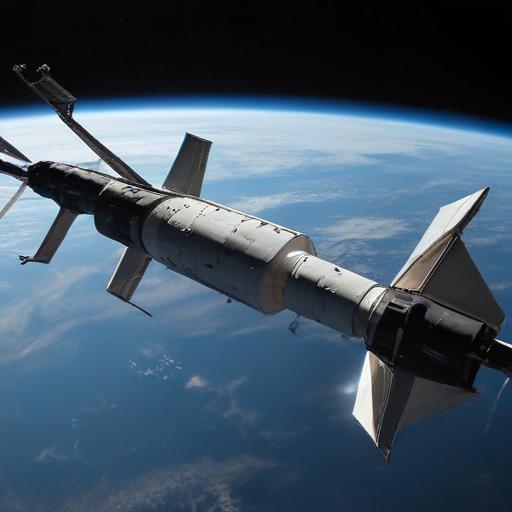SpaceX launches CRS-33 Dragon cargo to ISS with thousands of pounds of supplies and a reboost test
A SpaceX Dragon cargo capsule was launched early Sunday from Cape Canaveral, carrying about 5,000 pounds (2,270 kilograms) of supplies to the International Space Station as part of NASA’s Commercial Resupply Services program, mission CRS-33.
The robotic Dragon lifted off atop a SpaceX Falcon 9 rocket at 2:45 a.m. Eastern Time from Space Launch Complex 40 at Cape Canaveral Space Force Station in Florida. Roughly eight and a half minutes after liftoff, the Falcon 9’s first stage returned to Earth and landed on the drone ship A Shortfall of Gravitas in the Atlantic Ocean. It marked the seventh launch-and-landing flight for this particular booster.
If all goes according to plan, the Dragon will rendezvous with the ISS on Monday, Aug. 25, docking at the forward port of the Harmony module. NASA coverage of the docking begins at 6 a.m. EDT, with docking scheduled for about 7:30 a.m. EDT.
Among the mission’s notable objectives is a Dragon “reboost demonstration.” The spacecraft will fire its thrusters to raise the space station’s orbit, compensating for drag as the ISS orbits roughly 250 miles (about 400 kilometers) above Earth. Such reboosts have historically been performed by Russian Progress cargo ships, but with Russia potentially stepping back from the ISS program in the coming years, NASA has tasked SpaceX and Northrop Grumman’s Cygnus vehicle with conducting reboost demonstrations as a supplement. The International Space Station is projected to continue operating into the late 2030s or early 2040s.
CRS-33 will deliver a mix of crew supplies, equipment, and new science investigations. In NASA’s prelaunch briefings, officials highlighted several experiments and materials aboard Dragon, including bone-forming stem cells to study bone loss prevention, materials to 3D print medical implants for potential Earth applications, bioprinted liver tissue to study blood vessel development in microgravity, and supplies to 3D print metal cubes in space.
The Dragon is expected to remain at the ISS through December. After the crew unloads the pressurized cargo and completes experiments, the spacecraft will be loaded with return items and completed research for splashdown in the Pacific Ocean off the coast of California.
This mission, SpaceX’s 33rd for NASA’s CRS program, continues the push to sustain on‑orbit research and supply chains through commercial partnerships, helping keep the ISS well-stocked and productive as crews pursue a growing slate of scientific investigations.
Summary: SpaceX’s CRS-33 mission brought a substantial cargo load to the ISS and tested a reboost capability, illustrating ongoing collaboration between NASA and commercial partners to maintain station operations and advance space biology and manufacturing research. A hopeful note for future ISS operations and related technologies.
